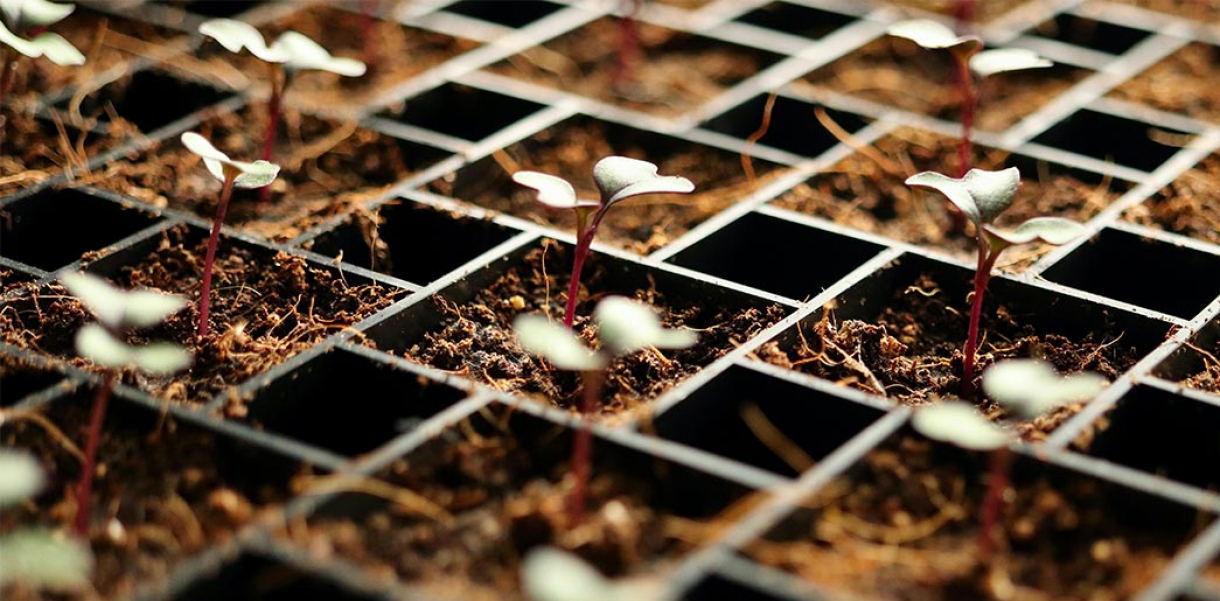If you've watched documentaries such as 'A Life On Our Planet' or 'My Octopus Teacher', I would assume it made some sort of impression on you. Yes, pathos was high, but the truth is both David Attenborough and Craig Foster report on a beautiful reality only a few of us have had the fortune of experiencing.
I'm of course referring to the overwhelmingly fascinating natural world, the place where it all began, even before human beings came to be. So in celebration of the natural world, let’s remind ourselves of a few human inventions that happened with inspiration from the greatest inventor of them all: nature.
Birds took us to the air
Biomimicry is what it’s called formally when we humans learn from nature. One of the earliest examples we have of humans mimicking nature is that of Leonardo da Vinci’s study of birds. He wanted humans to fly and who better to learn from than a natural flapper.
This was back in the 1480s and even though his prototype, the Ornithopter, never made it to the air, it was instrumental in inspiring and paving the way for subsequent designers and engineers to create what would eventually become the first aeroplane. A technology that still defines aerial developments of today.
Sharks improved transportation efficiency
Just like bees, sharks ought to have a better image among humans. Not only are they less dangerous to us than rumoured, but they have also inspired the improvement of material surfaces to benefit the environment. For sharks to be able to move fast through the water they have evolved a skin that feels smooth if stroked in one direction and uneven in the opposite direction.
This natural design creates certain dynamics that reduce the resistance between the water and the shark when it transports itself. That is quite efficient and scientists from the NASA Langley Research Center discovered this in the 1980s. They made technical prototypes that would subsequently change the efficiency (and lower the environmental impact) of water and air transportation due to the improved surface of the material used in the design of ships and aeroplanes.
Termites helped create sustainable buildings
A more contemporary example of biomimicry is that of termites and their construction skills. Architects and designers are learning from termites in an effort to create more sustainable buildings. These tiny animals build their mounds in a temperature-regulating way with opening and closing vents throughout the mound making sure itis never too cold, never too hot.
Architect Mick Pearce was inspired by this when he designed the Eastgate Centre in Harare, Zimbabwe: the largest office and shopping complex in the country. Due to the innovative ventilation system, the building consumes 10% less energy than same-sized buildings.
Have you come across any interesting biomimicry design lately? Go nominate it for Index Award 2021!
Image: Kris Mikael Krister






